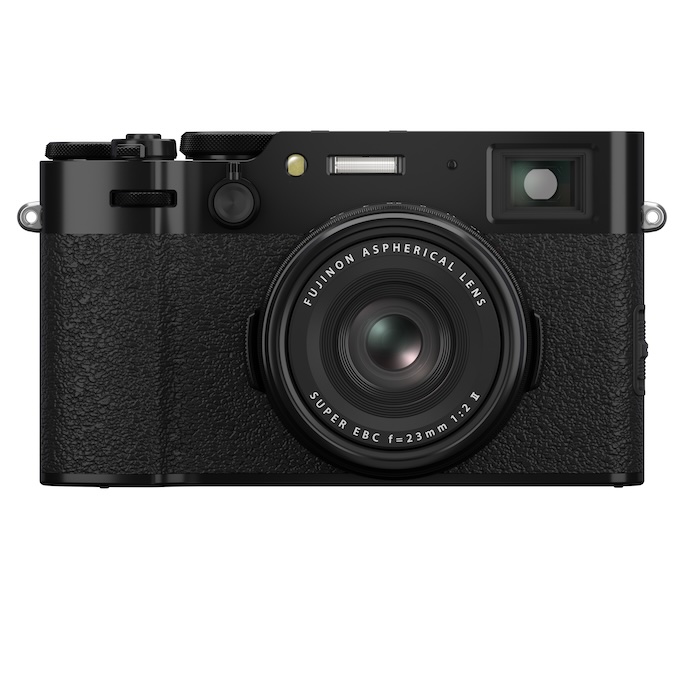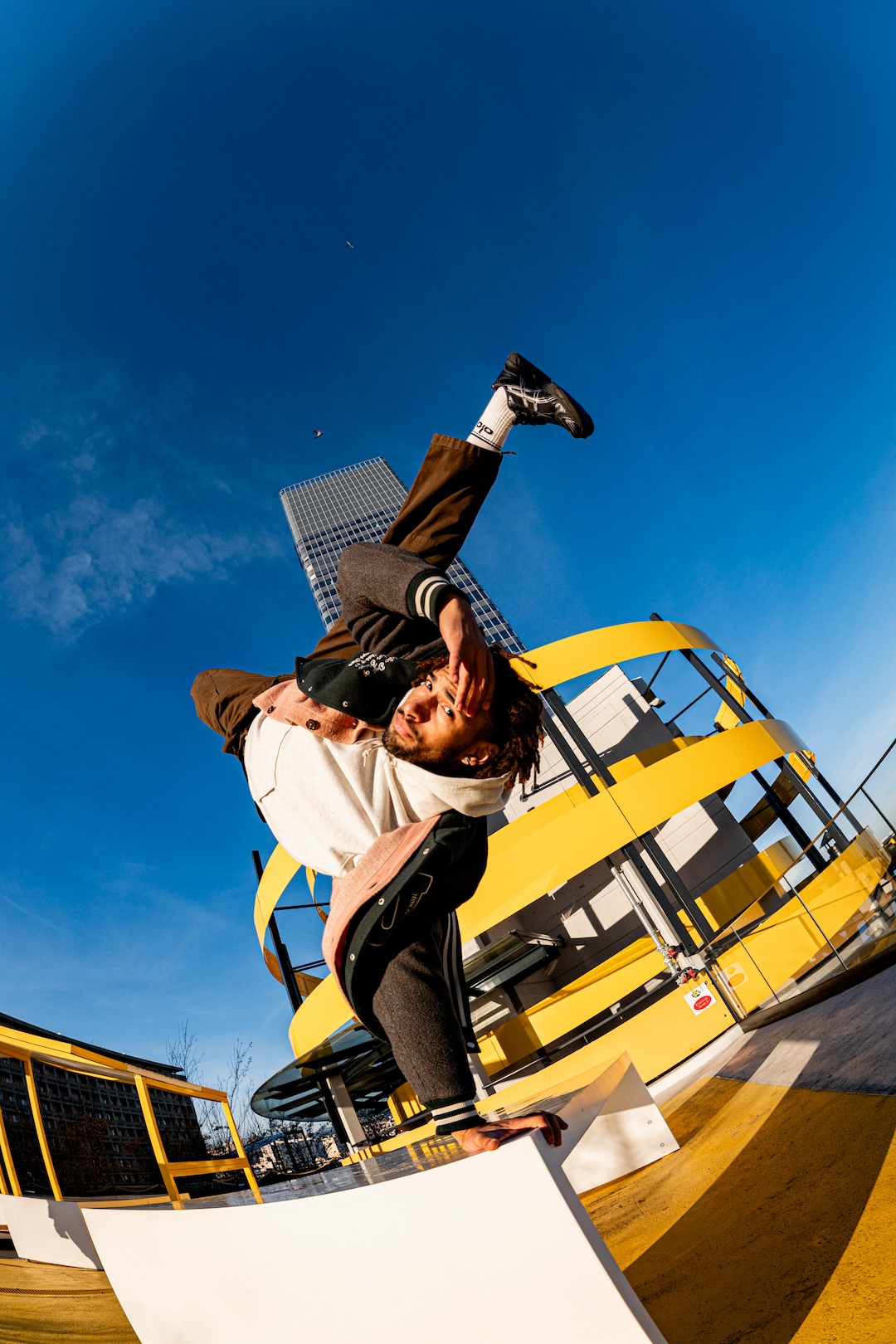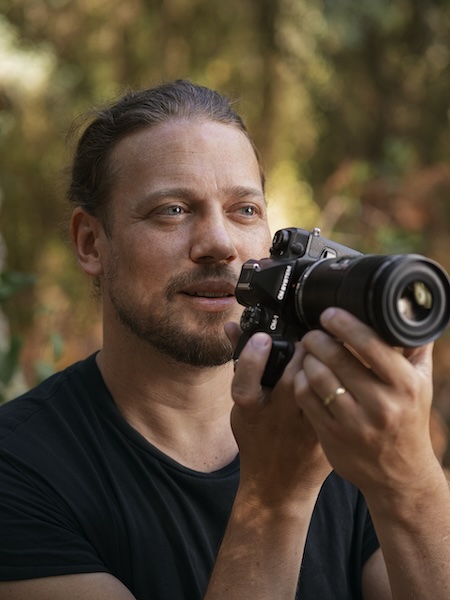First exposure: Phase One IQ180 Digital Back
January 1, 2012
Phase One has taken a lot of negative criticism from reviewers in the past for the simple, four-button interface with minimal controls on its digital backs. I have been in the minority of those who supported the concept, being more concerned with the photographic process of composing and capturing images than the need to navigate through menus to select options that can be adjusted in processing software for medium- format digital backs. I have also been in the minority that has criticized the Leaf touch screens for their lack of resolution, a sacrifice made to provide touch screen controls.
So, when I was asked to review the new Phase One IQ180, with “improved menu structure” and a touch screen, I was pretty much prejudiced against it before I even saw it. Turns out I was completely wrong.
The IQ180 is the highest resolution of the latest series of Phase One digital backs. With 80 megapixels resolution, it is joined by the 60.5-megapixel IQ160 and the 40-megapixel IQ140. Those 80 megapixels deliver a 10’328 x 7760-pixel image, which translates to a 34.4 x 25.9-inch image at 300 dpi. We’re talking about the ability to create really huge images with the IQ180.
But interestingly, while all this resolution is impressive, what makes the IQ180, and I assume the other two IQ backs, so special are the “improved menu structure” and the touch screen. The four “classic” buttons remain on the back, but they surround a 3.2-inch touch screen with 1.15-megapixel resolution, a full inch larger screen than the P-series backs and with five times as many pixels. This isn’t a Leaf touch screen for sure.
The IQ180 touch screen is a closer relative to an Apple touch screen than anything else. It only took a few minutes for me to be converted from buttons to touch screen. Menu items scroll with a swipe of your finger up or down. A single tap selects a menu option. A “house” icon immediately takes you back to the home screen. Responsiveness is amazing.
What is even more amazing is how good the captured image looks on the screen. It is possible to set the arrangement of the capture screen to your personal taste. I left the default, which is a display of the image to the left, with its histogram, highlight/shadow warnings and focus areas displays stacked to the right. Double-tapping the image enlarges it to 100% at the place where you double-tapped. Using a finger, you can drag the image around at 100%. Double tap again and you return to the previous screen.
But you aren’t limited to just 6% “fit to screen” or 100% resolution. Touching the left edge of the screen brings up a slider bar that allows you to adjust the image continuously from 4% to 100%. I found this far more useful and accurate than the “pinching out” control to enlarge an image on my iPad. As good and as useful as the new screen is, it is still somewhat difficult to see in full sunlight, although it is better than the P-series backs and far better than the Leaf backs.
The IQ180 is such a pleasure to use that I shot with it as much as possible in the studio and on location. The first thing I learned was that hand holding it on a Phase One camera, even with a 55mm lens and a high shutter speed, defeats the purpose of all that resolution. The system requires a solid tripod or studio stand to deliver the sharpness of which it is capable.
What struck me most when shooting with it is the blazing speed with which everything moves. I’ve mentioned the responsiveness of the menus, but more interesting is the speed that image data moves. An 80-megapixel back that captures a full 16-bit RGB image creates an approximately 480 MB 16-bit TIFF. Yet the image processing in the IQ180 back displays an image on the LCD, complete with histogram, highlight/shadow warning thumbnail and focus area thumbnail, instantaneously.
Equally impressive is the speed that the RAW image appears in Capture One software. In my captures, I created uncompressed RAW images that varied from about 70 MB to 90MB, yet they appeared in the Capture One software faster than the RAW images from a Nikon D3x. A lot of this has to do with the USB 2.0 interface in the D3x versus the FireWire interface in the IQ180, but the result is impressive nonetheless. The IQ180 also incorporates a USB 3.0 interface that should be even faster, but my back lacked the firmware upgrade to make the USB 3.0 interface functional. Equally impressive is the speed that the image transfers from Capture One software to an iPad running the Capture Pilot app. This allowed my model to “interact” during the photo session by watching the iPad, and would also allow clients to follow the creation of an image without gathering around my imaging computer.
Capture speed for photographers used to shooting with digital SLRs isn’t impressive at one capture every 1.4 seconds. This improves to one capture every 1.1 seconds using the reduced resolution 20-megapixel Sensor+ setting. But the IQ180 is a tool that requires more of a view camera approach to imaging than a D3s/EOS-1D Mark IV approach. Shooting still lifes in the studio and landscapes on location, I found a slight improvement in image quality by locking the mirror up on the Phase One camera prior to making the capture, and capture rate becomes meaningless for those situations. Even shooting a model in the studio I didn’t feel slowed down by the capture rate of the full resolution image.
To be honest, there is little to dislike about the IQ180. I personally would trade the Sensor+ feature, which limits the longest exposure to 2 minutes, for an exposure time of 30+ minutes. And I would be certain to label the FireWire cable so I would know which end should be “up” when I insert it into the back. But it’s nearly impossible for me to find fault with the design or performance of the IQ180 that I tested. And the image quality is truly spectacular.
The unfortunate thing about the IQ180 is that, like an Aston Martin or Ferrari, it will mainly be experienced by users with more money than ability to make use of its potential. Yes, a few successful fine art photographers and top commercial photographers will be able to justify the $44,000 cost of the IQ180 back. For the rest of the photographic community, the Phase One IQ180 stands as an embodiment of the current state of the art in digital capture and a significant step forward for Phase One in digital imaging.
More information is available on the Phase One Web site, www.phaseone.com.
Specifications:
Lens factor: 1.0
CCD size effective (mm): 53.7 x 40.4
Pixel size (micron): 5.2 x 5.2
Resolution (Megapixels): 80 (20 with Sensor+)
Light sensitivity (ISO): 35-800 (140-3200 in Sensor+)
Exposure time: 1/10000-2 minutes
Image quality
- 16 bit-Opticolor
- 12.5 f-stops dynamic range
- Lens+ technology
Capture time (frames per second): 0.7 (0.9 in Sensor+)
Image buffer: 1 GB advanced high speed RAM
Display
- 3.2-inch touch screen
- 1.15 megapixels 290 ppi (dpi)
- 16 million colors
- 170-degree viewing angle
Stan Sholik is a commercial/advertising photographer in Santa Ana, CA, specializing in still life and macro photography. His fifth book, Nik HDR Efex Pro, for Wiley Publishing, is available now.




